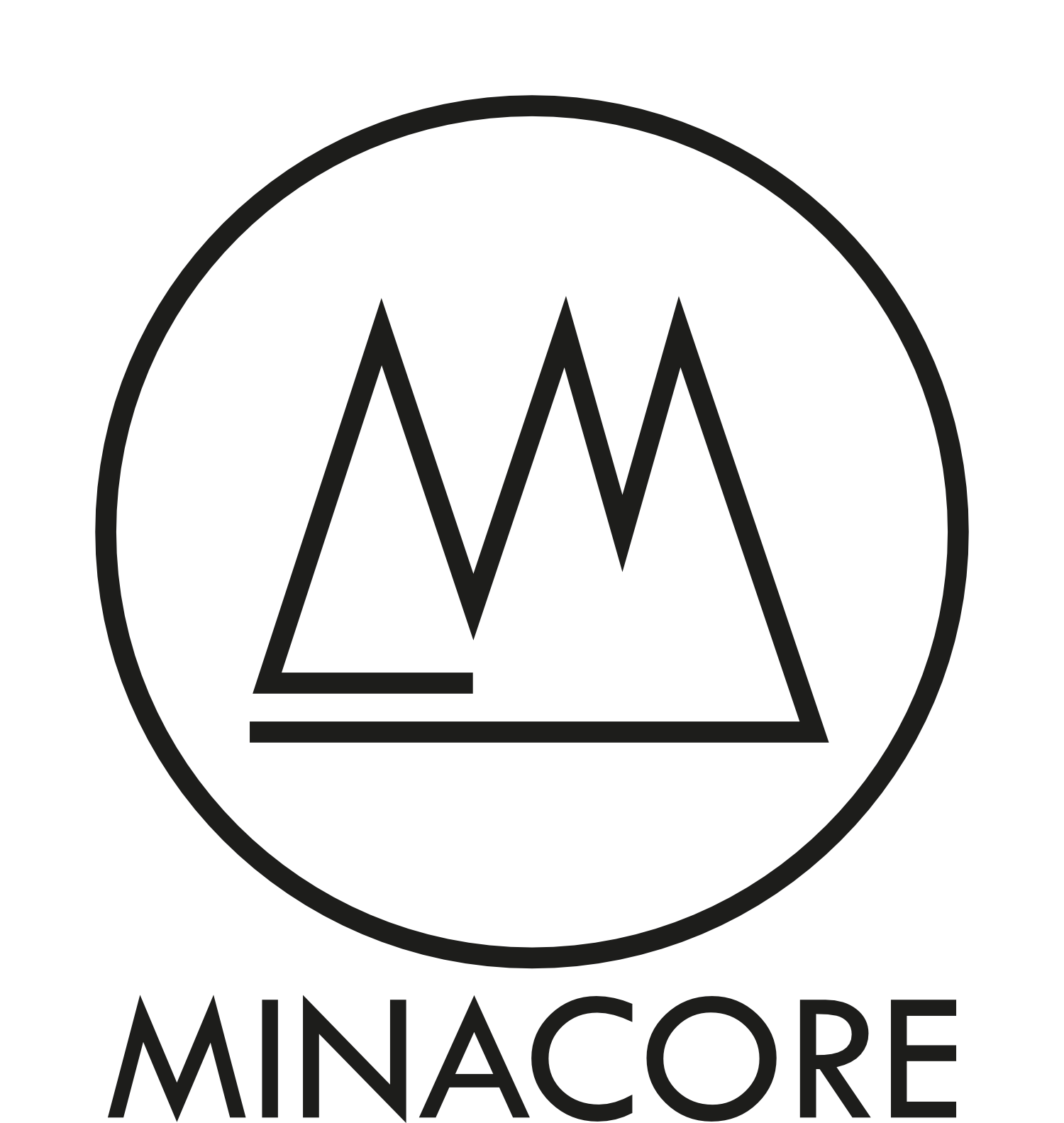Handmade crocheted clothes represent an art form that weaves together tradition, creativity and sustainability. In a world dominated by mass production and fast fashion, these unique garments offer an alternative that celebrates individuality and attention to detail. Not only that, crocheted clothes stand out for their quality and durability, but also for their reduced environmental impact, making them appreciated by those seeking to adopt a more conscious and planet-friendly lifestyle. In this article, we will explore the history and evolution of crochet, the benefits of handmade clothes, how to choose them, current trends, and tips for their care, highlighting why a crocheted garment is a timeless style choice.
History and Tradition of Crochet
Crochet, with its origins lost in the mists of time, is a crafting technique that has spanned centuries and cultures, evolving from a simple pastime to a refined art form. Initially used to create mainly household accessories and lace, crochet has found its way into fashion, offering endless possibilities for creating detailed and customized clothing. From the ornate bodices of the 19th century to modern haute couture creations, crocheted dresses have proven to be surprisingly versatile, able to adapt to both everyday needs and the most elegant occasions.
The Benefits of Handmade Crocheted Clothes
Uniqueness and Personalization: Each crochet piece is unrepeatable, reflecting the skill and creativity of the craftsman who made it. This uniqueness ensures that no one else will ever wear an identical garment, offering a level of personalization rarely found in conventional fashion.
Quality and Durability: Crocheted clothes are made using techniques that require time and dedication, resulting in garments that, if cared for properly, can last for generations, counteracting the culture of consumerism and waste.
Environmental Sustainability: Crocheted clothing production, often made from natural and sustainable materials, reduces the environmental impact associated with mass fashion, promoting a more ethical and conscious approach to clothing consumption.
How to Choose Crocheted Clothes
When choosing a crocheted garment, it is important to consider the quality of the yarn, which should be sturdy but pleasant to the touch, and the precision of execution, which is reflected in the regularity of stitches and attention to detail. Materials such as cotton, merino wool, and bamboo are preferred for their durability and comfort. It is also essential to evaluate the style and design of the garment, making sure it reflects one’s personality and fits the intended occasions of use.
Current Trends in Crocheted Clothes.
Today, crochet has made its way onto fashion runways around the world, with designers reinterpreting this traditional technique with a modern twist. From colorful crochet bikinis to sophisticated long skirts, crochet garments today cater to a wide range of tastes and needs, combining the charm of handmade with the latest fashion trends. This revival demonstrates the ability of crochet to adapt and innovate, while always keeping its handcrafted essence alive.
Tips for Caring for Crocheted Clothes
To maintain the beauty and durability of crocheted clothes, it is essential to follow their care carefully. Hand washing in cold water with a mild detergent and drying flat are essential steps to prevent the garment from warping or shrinking. Avoiding direct exposure to the sun while drying can also prevent colors from fading.
Conclusion
Handmade crocheted clothes are more than just clothing; they are expressions of creativity, dedication and sustainability. They offer a unique and personal style alternative that goes beyond ephemeral fashion trends to celebrate artistry and craftsmanship. Choosing a crocheted garment means not only wearing a piece of history and culture, but also contributing to a more sustainable and conscious future in the fashion world.



